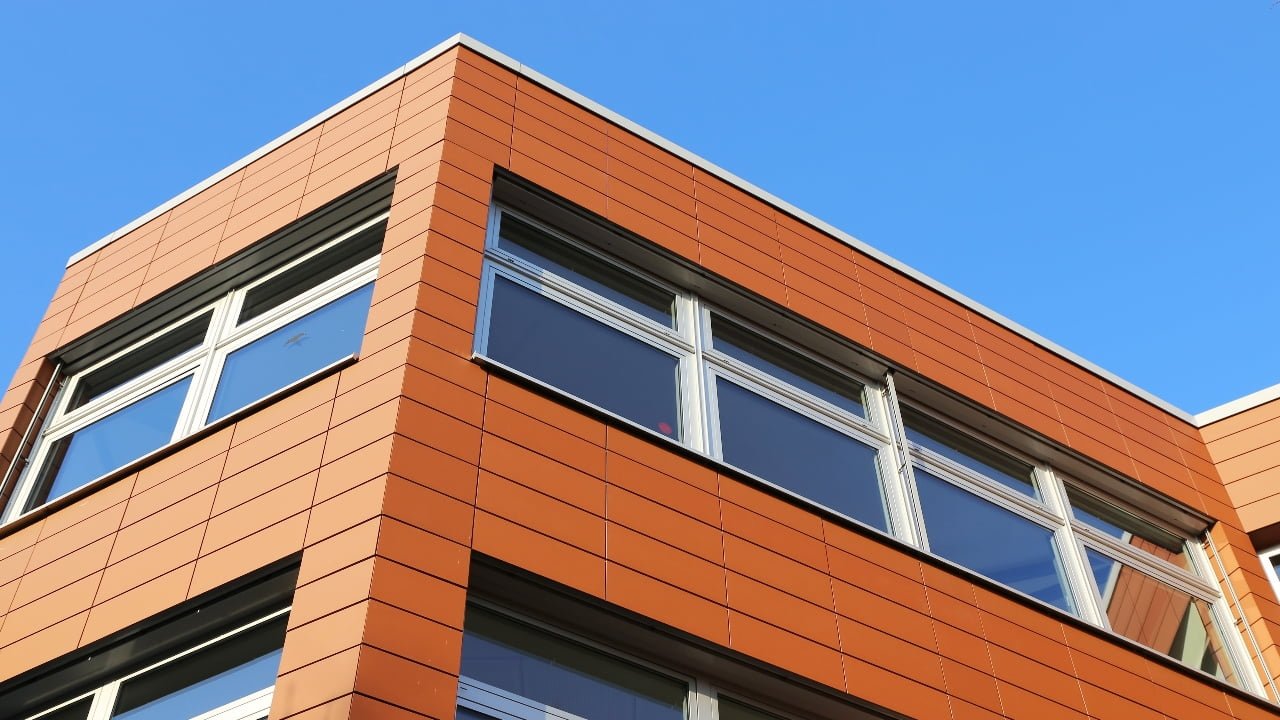What has been announced?
The Building Safety Fund (“BSF”) has been topped up by an additional £3.5bn, with the Government making clear its view that no leaseholder in a building above 6 storeys or 18m (which is consistent with the current definition of Higher Risk Building in the Building Safety Bill) should have to pay for remedial work undertaken to unsafe cladding.
This may require a change to the current BSF which currently applies to buildings over 17.70m in height.
Long-term low or zero interest Government loans will be made available to leaseholders in buildings below 18m and between 4 and 6 storeys in height where remedial work is required to the cladding. Repayment of the loan will not exceed £50 per month.
Leaseholders in buildings below 4 storeys in height with defective external wall systems will have no recourse to Government funds.
Who pays?
On the basis that the BSF is simply being topped up then it should be assumed that such additional funds will be made available and will be subject to current terms which require the recipient of the funds to seek recovery of the money for the Government from any party who may be responsible.
A Gateway 2 tax, described as a “Developer Levy”, will be payable for certain types of buildings over six storeys or 18m in height. Under the current draft Building Safety Bill, Gateway 2 must be successfully navigated before any construction work can take place and requires the building to have been designed. It is not currently a legal requirement.
What are the problems?
The reference to cladding only and not to the wider external wall systems raises the possibility that the Government might try to restrict the number of buildings currently in scope for funding under the BSF on the basis that the risk posed by them is minimal (in the Government’s opinion). Will there, for example, be a change to Building Regulations to deem certain external wall systems ‘safe’?
The Gateway 2 tax will inevitably be factored into the cost of new properties and will be passed on to buyers.
Leaseholders in buildings below 4 storeys will have to fend for themselves.
There is no guarantee the EWS1 genie can be put back in the bottle.
What are the benefits?
It is of significant benefit to leaseholders in buildings over 6 storeys or 18m in height – subject to the caveat that some types of external wall system may yet be excluded from the BSF, which awaits clarification. Leaseholders in buildings between 4 and 6 storeys will have the ability to access loans at generous repayment terms, which will alleviate the stress of having to pay a significant amount in one hit. Again, it is entirely unclear at this stage which buildings will be in scope as there is no clarity as yet on what will be deemed necessary remedial works.
The announcement of the increase in the fund should dissuade some lenders from asking for EWS1 forms – but it is noteworthy that the demand for these has not dimmed following the announcement of the original BSF or the somewhat opaque RICS ongoing consultation on the use of EWS1 forms. It is clear the Government has been putting pressure on lenders to restrict the buildings for which EWS1 forms are requested. Only time will tell whether the Government’s intervention will reduce the demand for EWS1 forms.
For more information, please contact Mark London, Yaasica Hamilton-Haye, Rachel Jones or Merrik Morgan in our Construction team.
